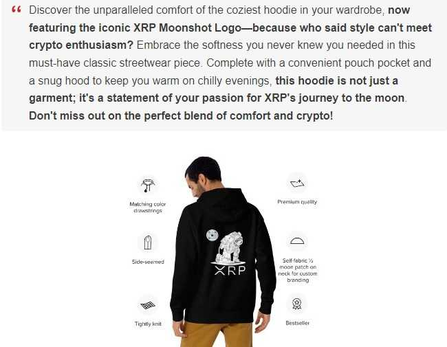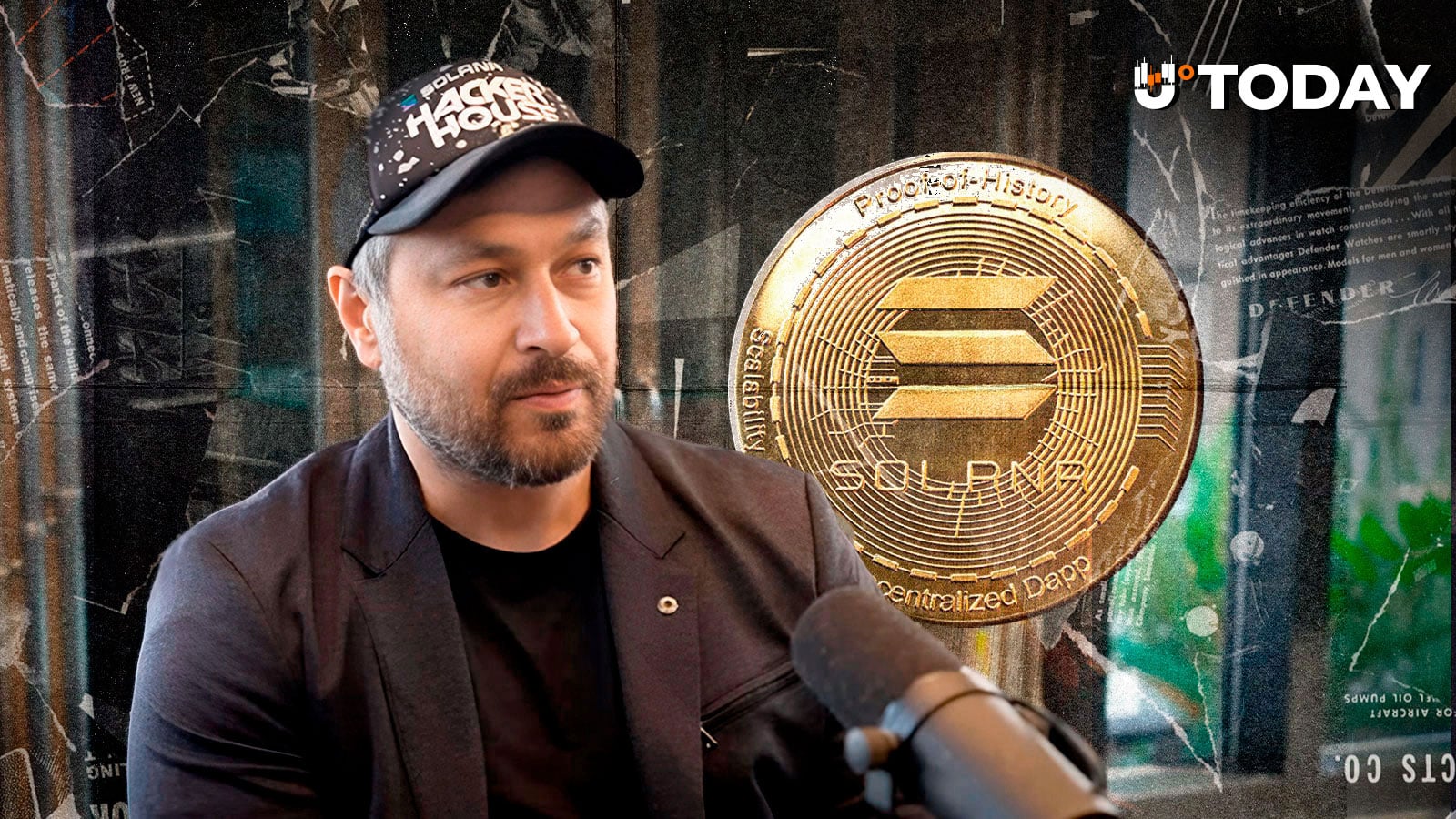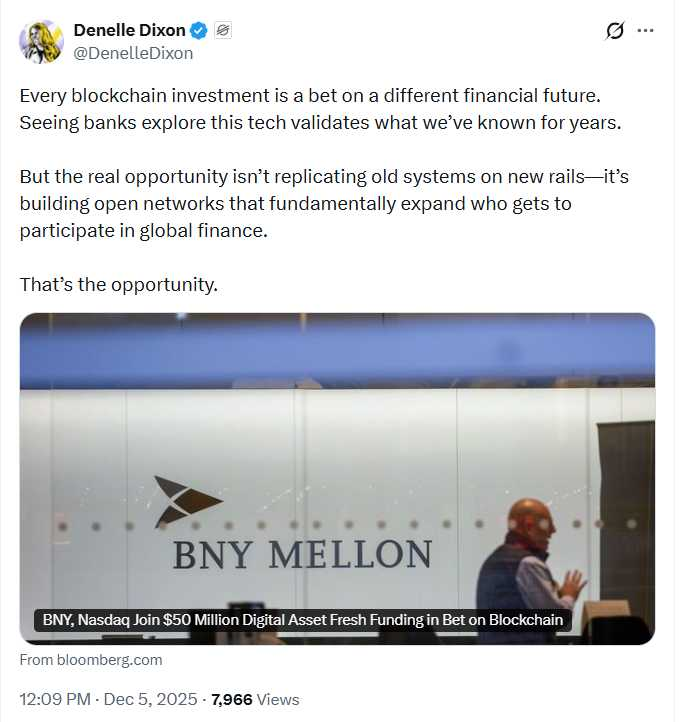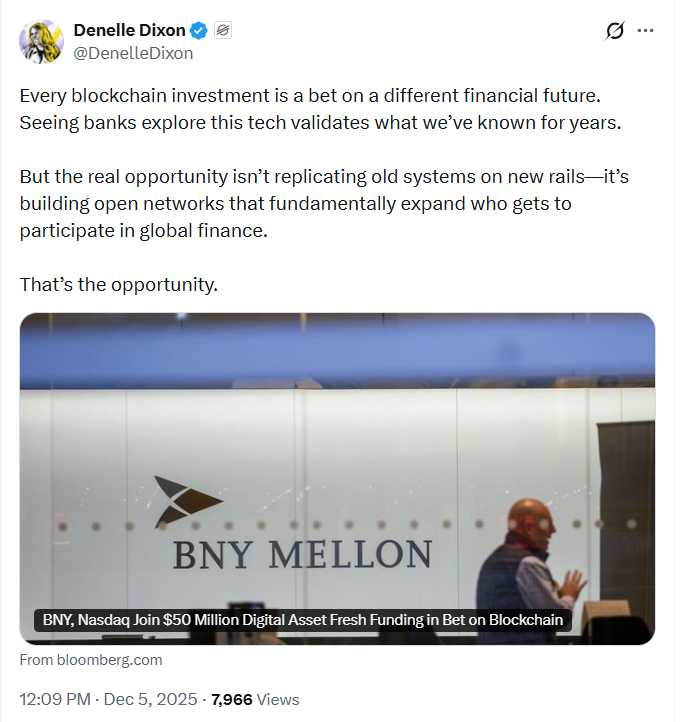The upcoming Automated Market Maker (AMM) on the XRP Ledger (XRPL) could help bolster more need and utility for XRP, according to Jasmine Cooper, Lead Product Manager at Ripple.
Cooper made these remarks while speaking with Eri, a prominent YouTuber and XRP community figure, in a recent interview. Eri had raised a question pertaining to the likelihood of the AMM affecting XRP’s tokenomics when it officially launches on the XRPL.
Will the AMM Change XRP’s Tokenomics?
“This coming of new DeFi products, particularly the AMM, is it going to change, at all, the tokenomics of XRP,” Eri asked in an exclusive interview, which she shared on X today.
For context, there have been discussions within the XRP community surrounding growing assertions that the AMM could alter XRP’s tokenomics. Particularly, the influencer behind the prominent media account Dig Perspectives recently asked if the AMM could transform XRP into more of a stablecoin.
As recently reported by The Crypto Basic, crypto author Panos Mekras dispelled any assertions in this direction. Mekras emphasized that XRP’s tokenomics are immutable, making it near impossible to observe such a fundamental change.
He further stressed that regardless, XRP would not need to pivot to a stable asset, as the AMM would thrive on volatility. Notably, Eri shares similar sentiments, recently arguing on X that the AMM would not transform XRP to a stablecoin because it harvests volatility.
Ripple’s Lead Product Manager confirmed this in the interview with Eri. She noted that she does not believe the AMM would change XRP’s tokenomics, emphasizing that the asset works on the XRPL as a utility token for gas and account reserves. “I really don’t think it’s going to change the tokenomics,” Cooper said.
Bolstering XRP Utility
While dismissing any claims of a change in tokenomics, Cooper highlighted how the Automated Market Maker could actually impact XRP. According to her, amid growing interest, the AMM would introduce greater need for XRP, essentially bolstering its utility.
She remarked, “[…] as we see growth and adoption, I think we’ll just see a greater need and greater utility of the token itself.”
The AMM, introduced with the XLS-30D Amendment, is currently enshrined within the XRPL version rippled v1.12.0. Validator consensus for the AMM has not reached the prerequisite level, an issue that has triggered concerns among community members
Voting is still ongoing for the amendment at the reporting time, with a current 40% consensus. So far, 14 validators, including Ripple and Bithomp have voted Yea to the implementation of the amendment. However, 21 validators still retain a Nay vote.




























